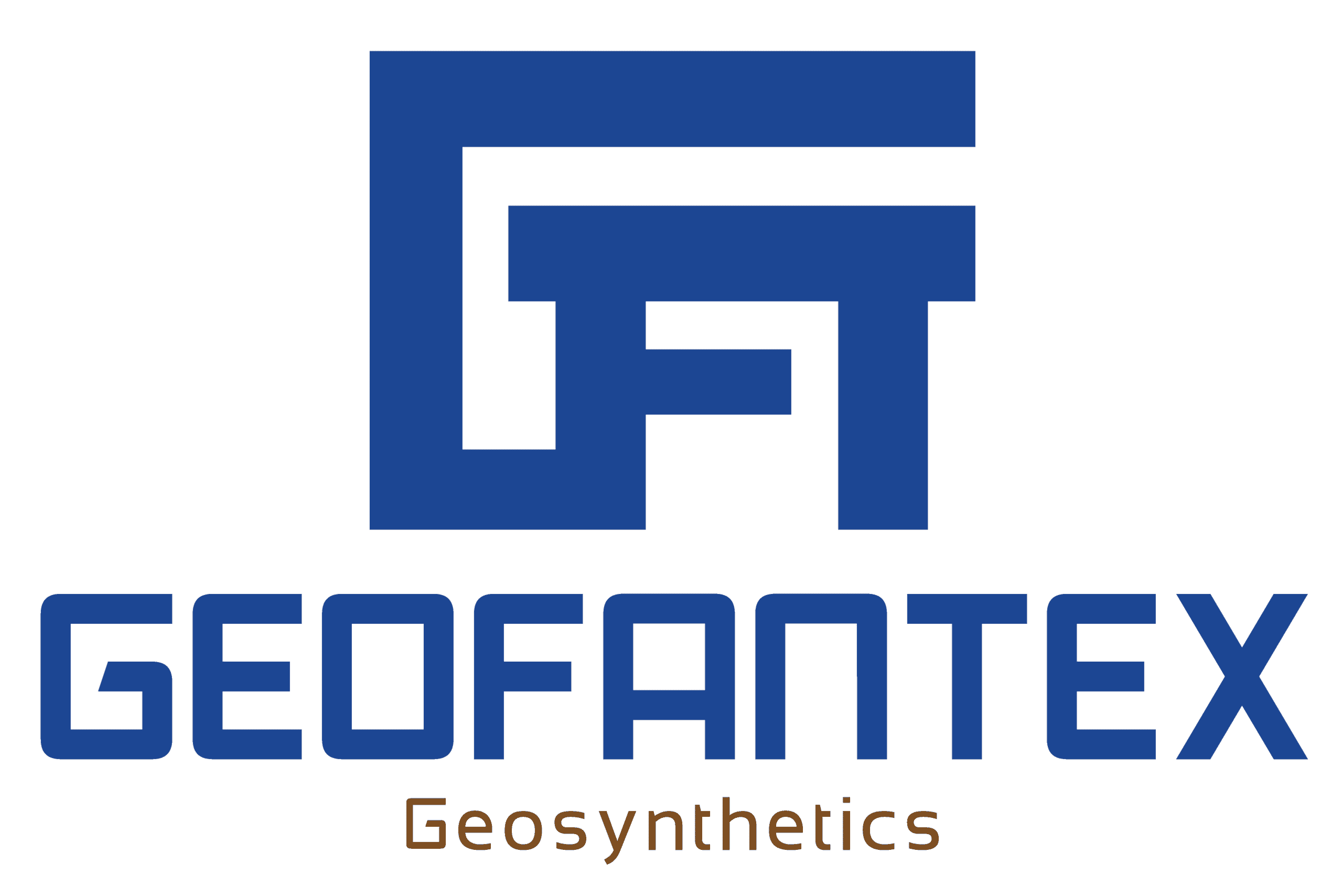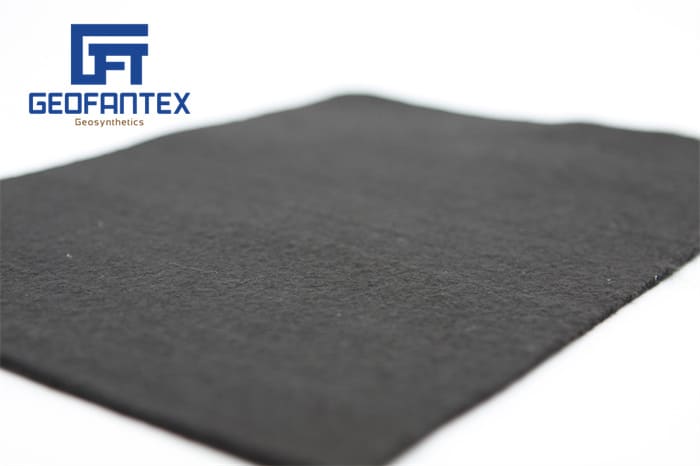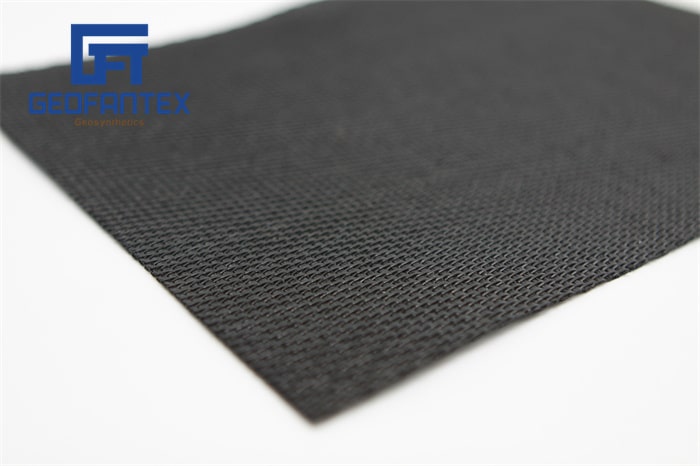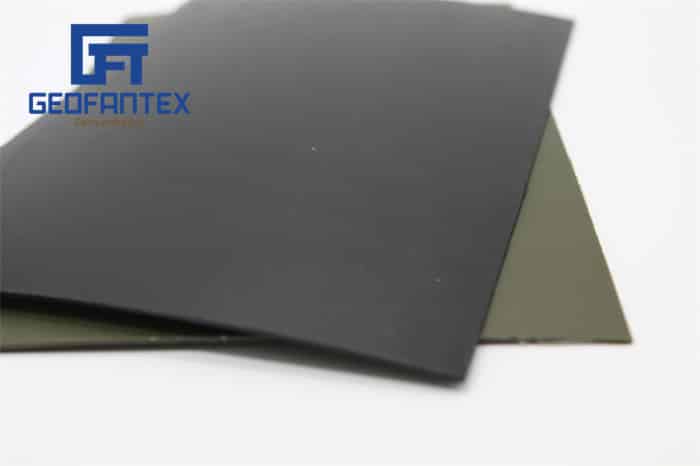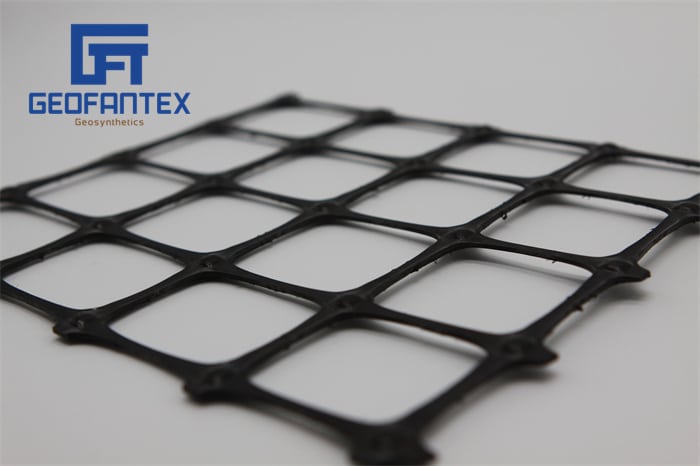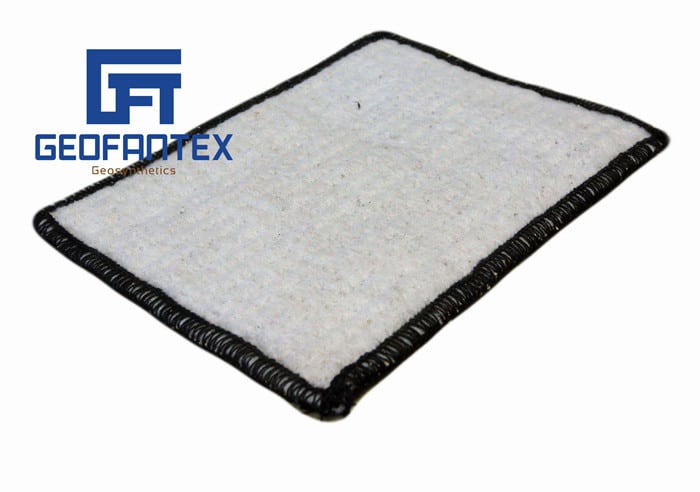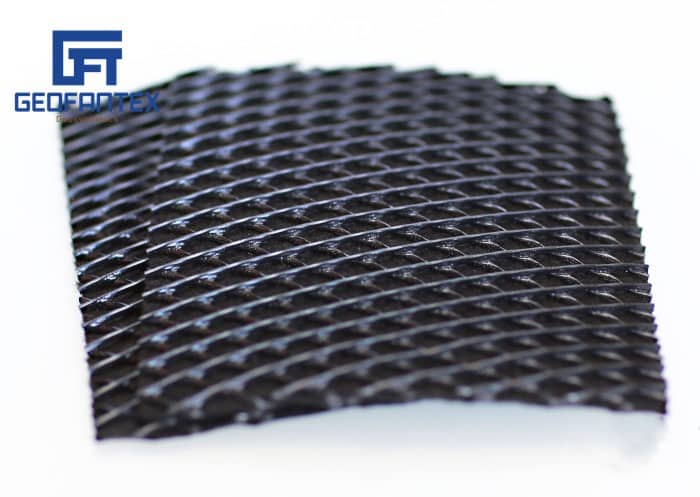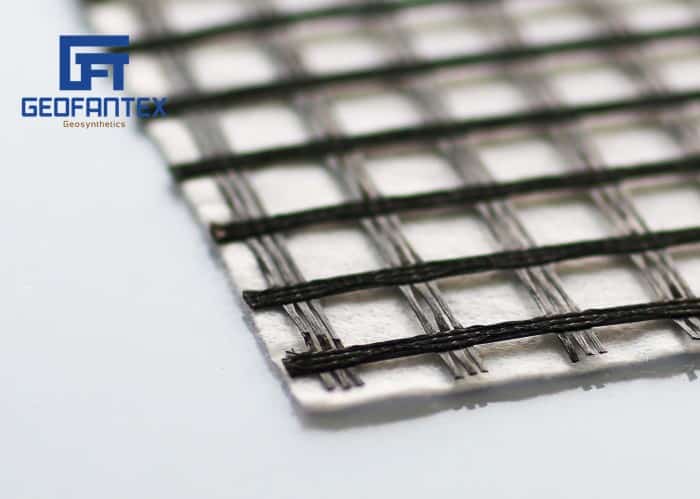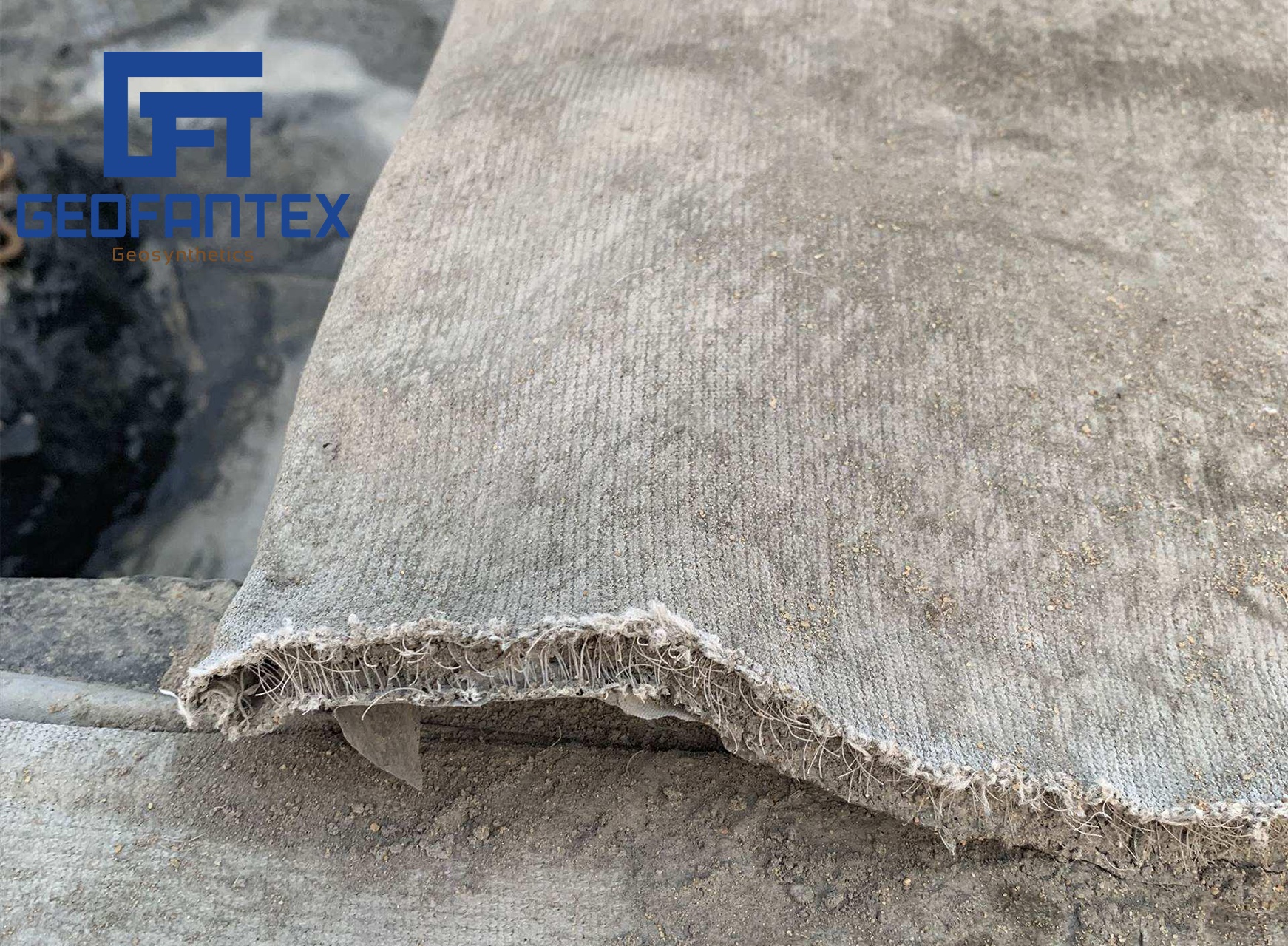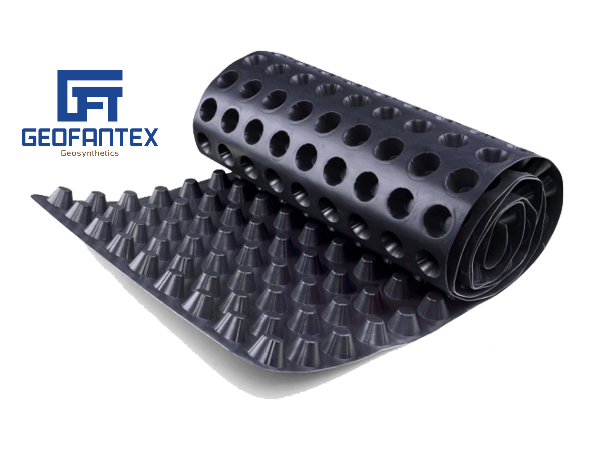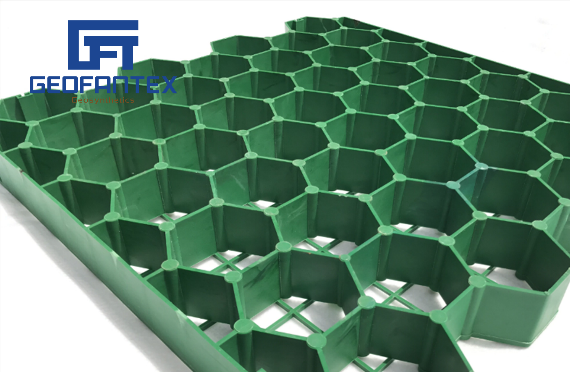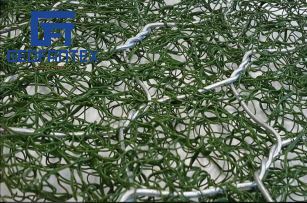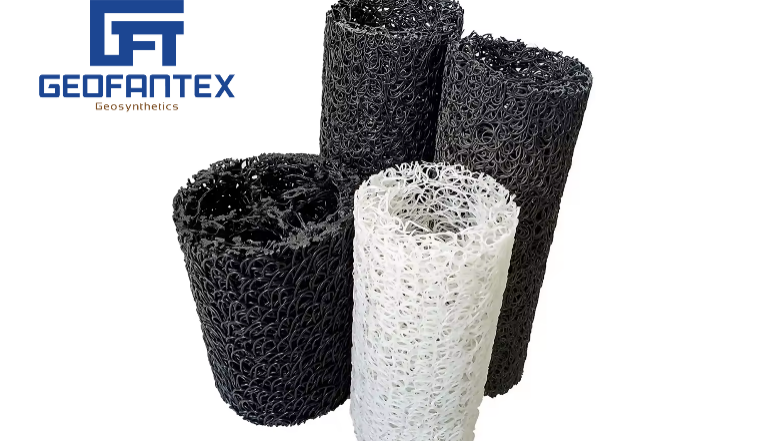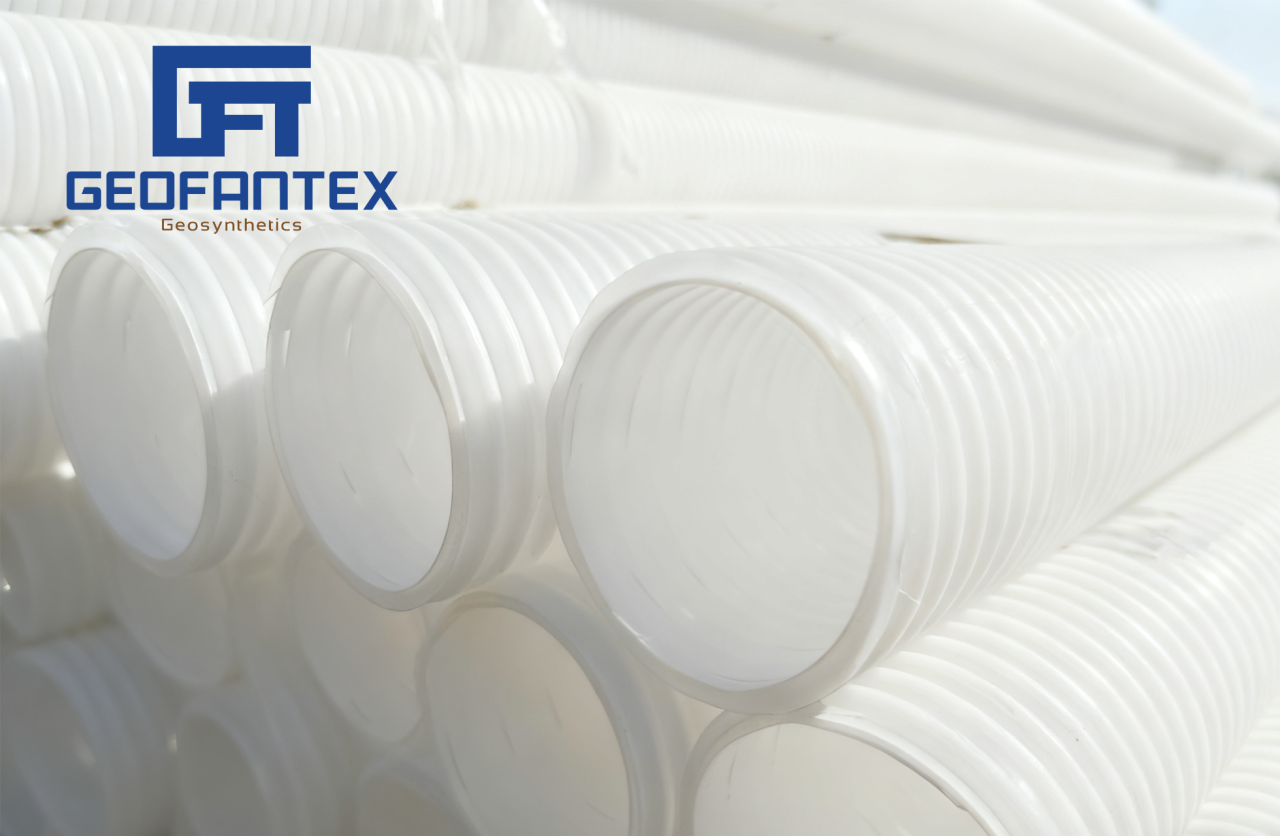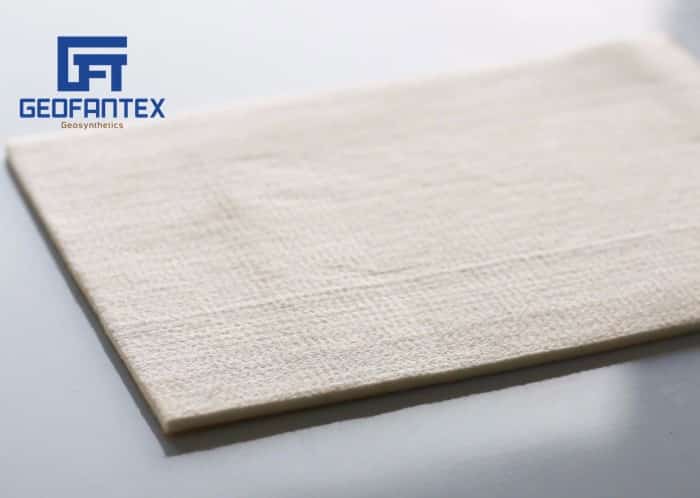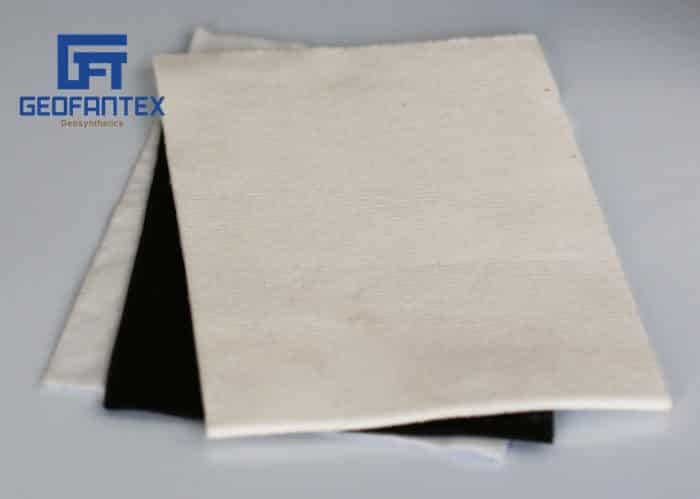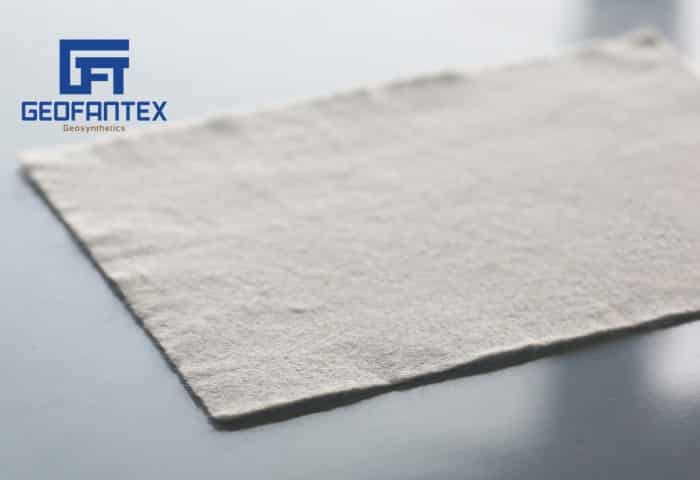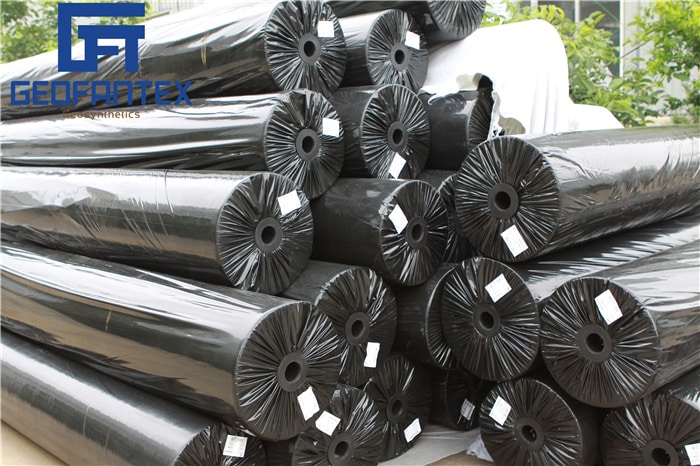+86-159 9860 6917
info@geofantex.com
geofantex@gmail.com
+86-400-8266163-44899
Geomembrane liners play a crucial role in modern geosynthetic engineering, offering reliable solutions for environmental containment, civil infrastructure, and agricultural efficiency. As engineered barriers, these liners are designed to control fluid migration in man-made systems, and their effectiveness is widely recognized across various sectors. This article addresses four frequently asked questions that highlight the real-world challenges geomembrane liners help solve, and how they contribute to sustainable project outcomes.
What are the key benefits of using geomembrane liners?
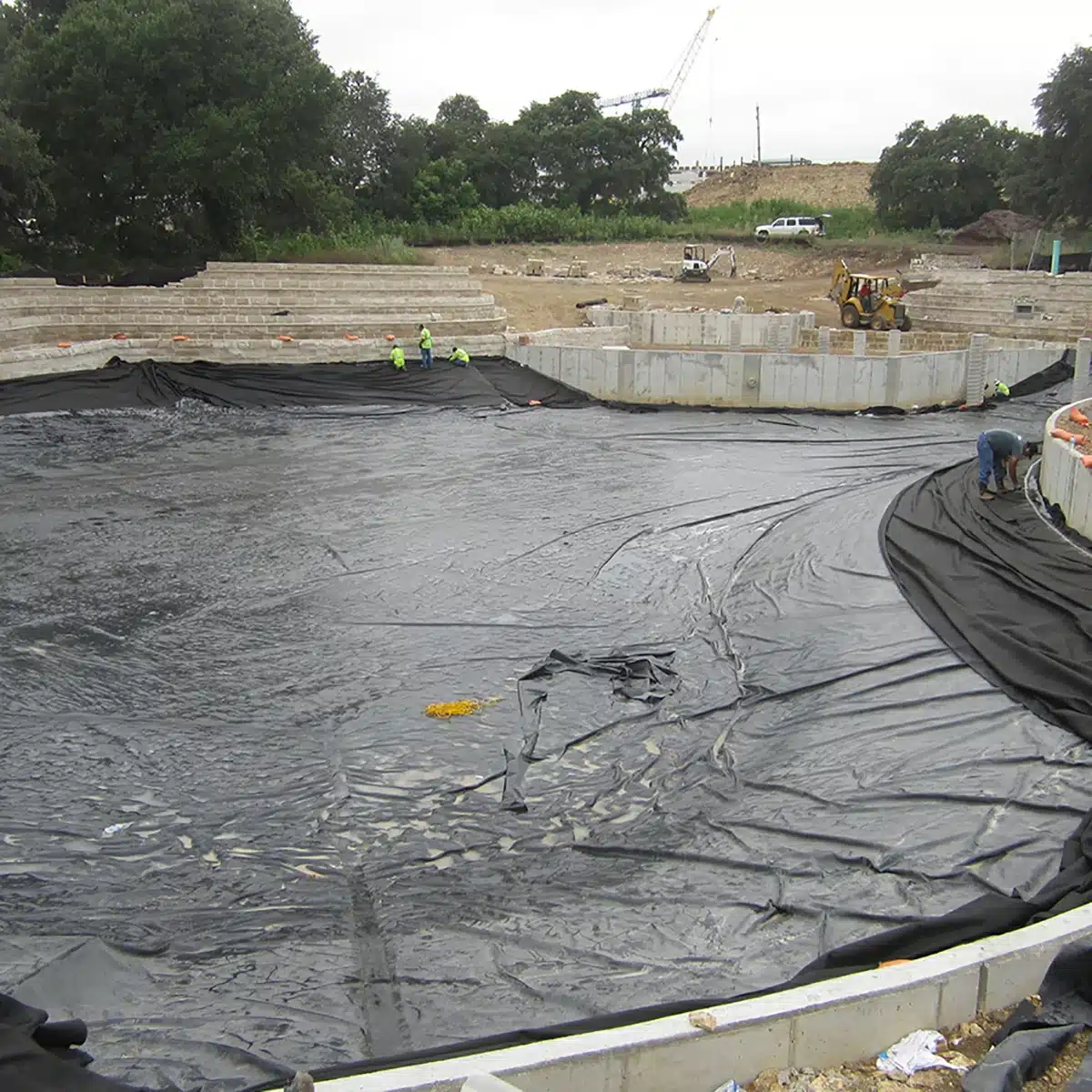
The primary advantage of geomembrane liners lies in their exceptional ability to provide impermeable barriers that prevent the leakage of liquids or gases. They are widely used in landfills, mining operations, wastewater treatment facilities, and industrial ponds. These liners not only offer long-term durability but also require minimal maintenance, making them highly cost-effective over their lifecycle. Additionally, they exhibit excellent chemical resistance, which is essential in environments where hazardous or corrosive materials are present. Their adaptability to various subgrades and easy installation make them a preferred solution for both temporary and permanent containment applications.
How can geomembrane liners enhance environmental sustainability?

In environmental engineering, geomembrane liners are instrumental in reducing contamination risks and preserving ecological balance. They are commonly used as liners for landfills, leachate ponds, and chemical storage basins, where their low permeability minimizes the potential for harmful substances to migrate into the surrounding soil or groundwater. By creating a barrier between contaminants and the environment, they help meet regulatory standards for environmental protection. Moreover, geomembrane liners are often manufactured from recyclable polymers, adding a level of eco-friendliness to their profile. Their role in sustainable waste management and pollution control strategies makes them an indispensable component of responsible infrastructure development.
What challenges do geomembrane liners help overcome in construction projects?
Civil and infrastructure projects often face challenges related to groundwater control, erosion, and moisture migration, especially in areas with poor soil stability. Geomembrane liners are used in canals, tunnels, reservoirs, and embankments to ensure water tightness and structural protection. Their use in waterproofing applications helps extend the life of infrastructure by reducing seepage and preventing water-induced damage. In complex projects such as dam rehabilitation or stormwater retention systems, geomembrane liners can be tailored to specific site conditions and seamlessly integrated with other geosynthetic materials like geotextiles or drainage composites. This integrated approach improves performance and reduces the risk of project delays or failures caused by water intrusion.
How do geomembrane liners support agricultural applications?
Modern agriculture demands efficient water management, especially in regions prone to drought or with limited freshwater resources. Geomembrane liners are widely used in farm ponds, irrigation canals, and storage tanks to prevent seepage losses and ensure optimal water availability. By lining these structures with durable membranes, farmers can conserve water, reduce operational costs, and increase crop productivity. The UV-resistant and puncture-resistant properties of these liners allow them to withstand harsh weather and field conditions. Furthermore, geomembrane-lined biogas digesters are becoming increasingly popular in sustainable farming practices, enabling the capture of methane gas and organic fertilizer production—demonstrating how these materials contribute to both water and energy efficiency in agriculture.
As seen in these common applications, geomembrane liners are more than just synthetic barriers—they are critical enablers of safety, sustainability, and performance across a range of industries. Whether in environmental containment, infrastructure waterproofing, or agricultural water management, their ability to solve real-world problems makes them a smart investment for long-term success
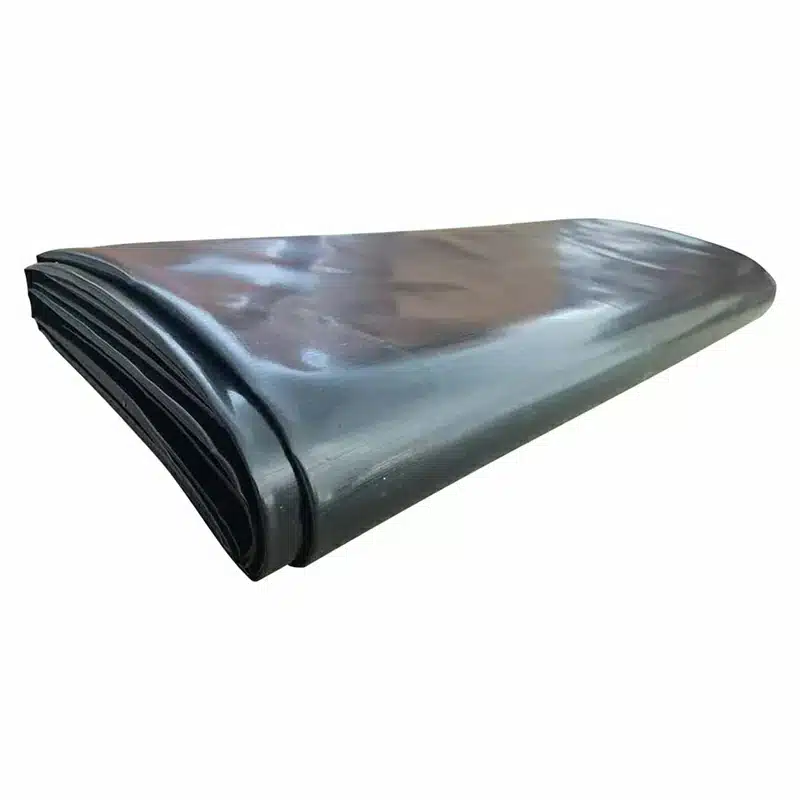
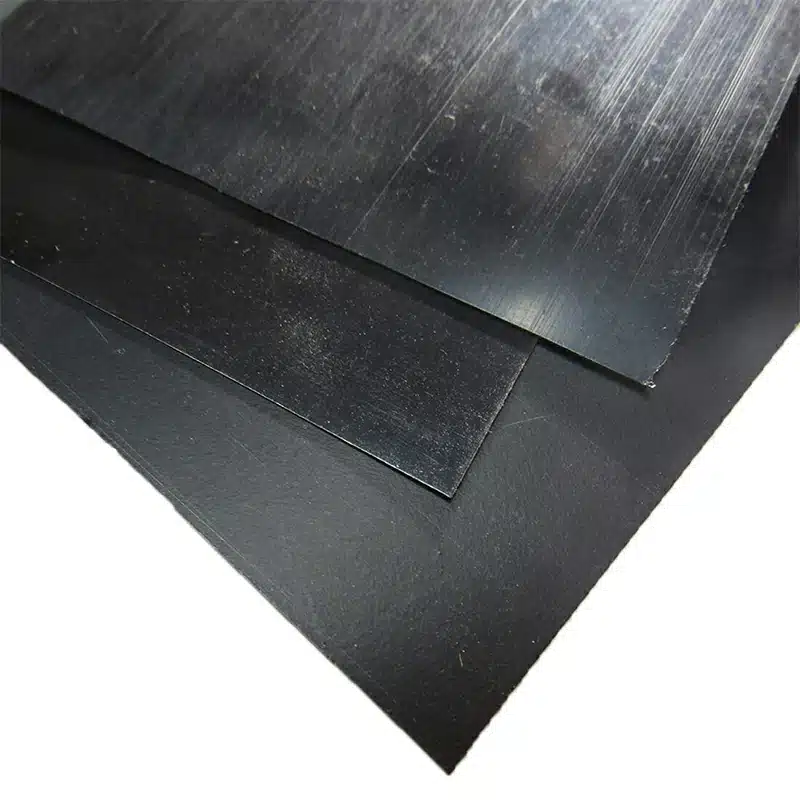
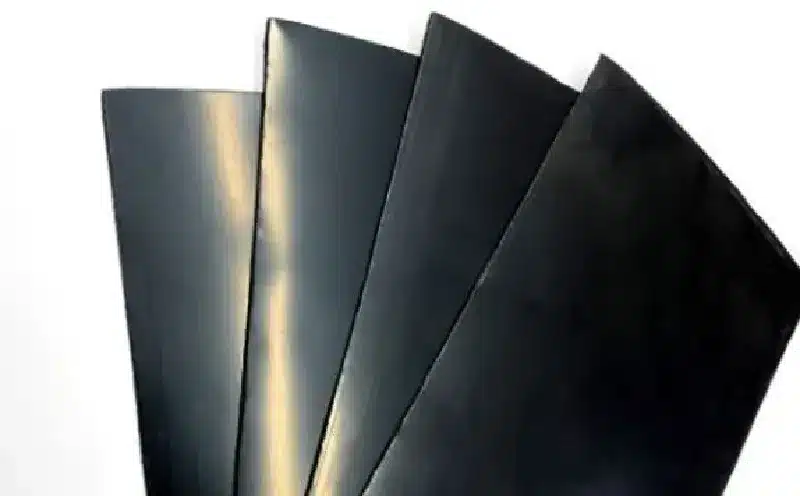
Get Free Sample
We’ll respond as soon as possible(within 12 hours)
